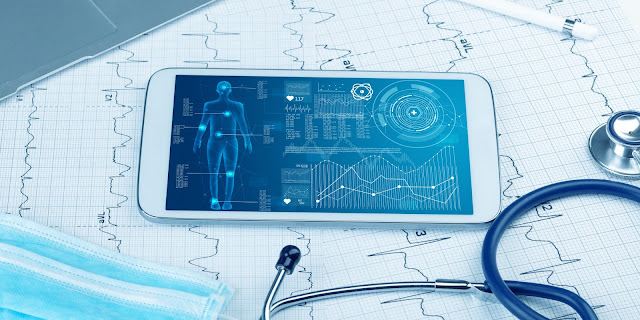Reality Of Applying Human Factors To Medical Devices
Over the past few decades, advanced medical appliances have become increasingly vital for better patient care and public health. Since they are more complicated, the FDA will continue to focus on methods that enhance safety and potency before the products are commercialized. Surprisingly, experts introduced a new way that is a medical device human factors study, which is utilized to detect and reduce user errors. Moreover, one of the main motives of usability engineering is to provide a high level of protection and productiveness of a device for intended customers. Here are some interesting facts about utilizing human factors and usability engineering in medical appliances.
Usability Engineering:
Often, it covers the skills of well-being behaviors, capabilities, and limitations to a medical device interface, also there are several things to be aware of, such as customer interaction, use faults, plus critical tasks. Additionally, experts requiring some device manufacturers to conduct the human factors test.
Validation:
Typically, it is essential to consider some crucial points while preparing for FDA meeting requirements. Human factors studies are planned to demonstrate the performance of an appliance without going to an outlay of clinical trials whereas remaining within a surrounding that triggers its actual environment use.





Comments
Post a Comment